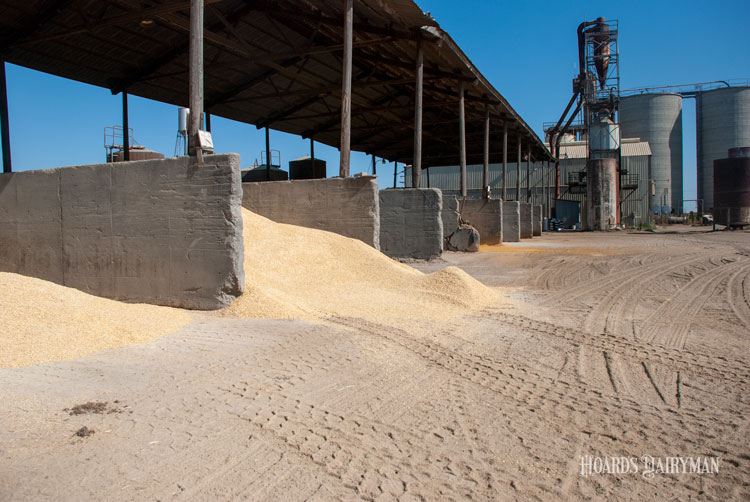
A lot of volatility has been occurring in the commodity markets during the last couple of months. While priced at about $4 per bushel at the beginning of November, today’s price in the futures market for corn grain for March 2021 is surpassing $5 per bushel (25% more expensive). Similarly, while priced at about $360 per ton at the beginning of November, today’s price in the futures market for soybean meal for March 2021 is about $424 per ton (roughly 18% more expensive).
This scenario is becoming challenging for dairy farmers to maintain the economic sustainability of their farm. The question, then, is whether we can do something to put up a fight in this situation.
Invest time
We are in the middle of the winter, and little can be done right now from a feed production perspective. However, we can look for inefficiencies at the dairy.
- Are you wasting feed due to poor storage or feeding practices?
- Are you preparing and delivering accurate and consistent rations?
- Are your cows sorting feed and performing as expected?
- Are your cows digesting and absorbing most of the starch from your silage?
- Is the dry matter intake of your replacements and dry cows on target?
Keep in mind that investing time, and not money, is the most economically favorable action right now. Do not hesitate to spend extra time seeking areas of improvement at minimum costs.
Harvest earlier
As usual, it is very difficult to predict how long these prices will last. Assuming they can last for a few months, there is still something you can consider in the near future with your small grain forage for silage. For a presentation at World Dairy Expo in 2019, I evaluated the effect of harvesting time of small grain forages under different feed price scenarios. The overall conclusion from this presentation was that when commodity prices are low, it is beneficial to harvest small grain forages at the soft dough stage, which results in a cheaper silage and ration than harvesting at the boot stage.
However, when commodity prices are high, as they are now, it is more advantageous to harvest small grain forages at the boot stage than at the soft dough stage. That extra energy and protein in the small grain silage will help reduce the need for cereal grains, protein co-products, or both.
If you decide to harvest at the boot stage this spring, remember to perform a good forage inventory and budget to anticipate forage needs. Harvesting at the boot stage will yield less forage than harvesting at the soft dough stage. When putting all the pieces together, you might find the need to buy some extra hay to counterbalance a forage shortage.








